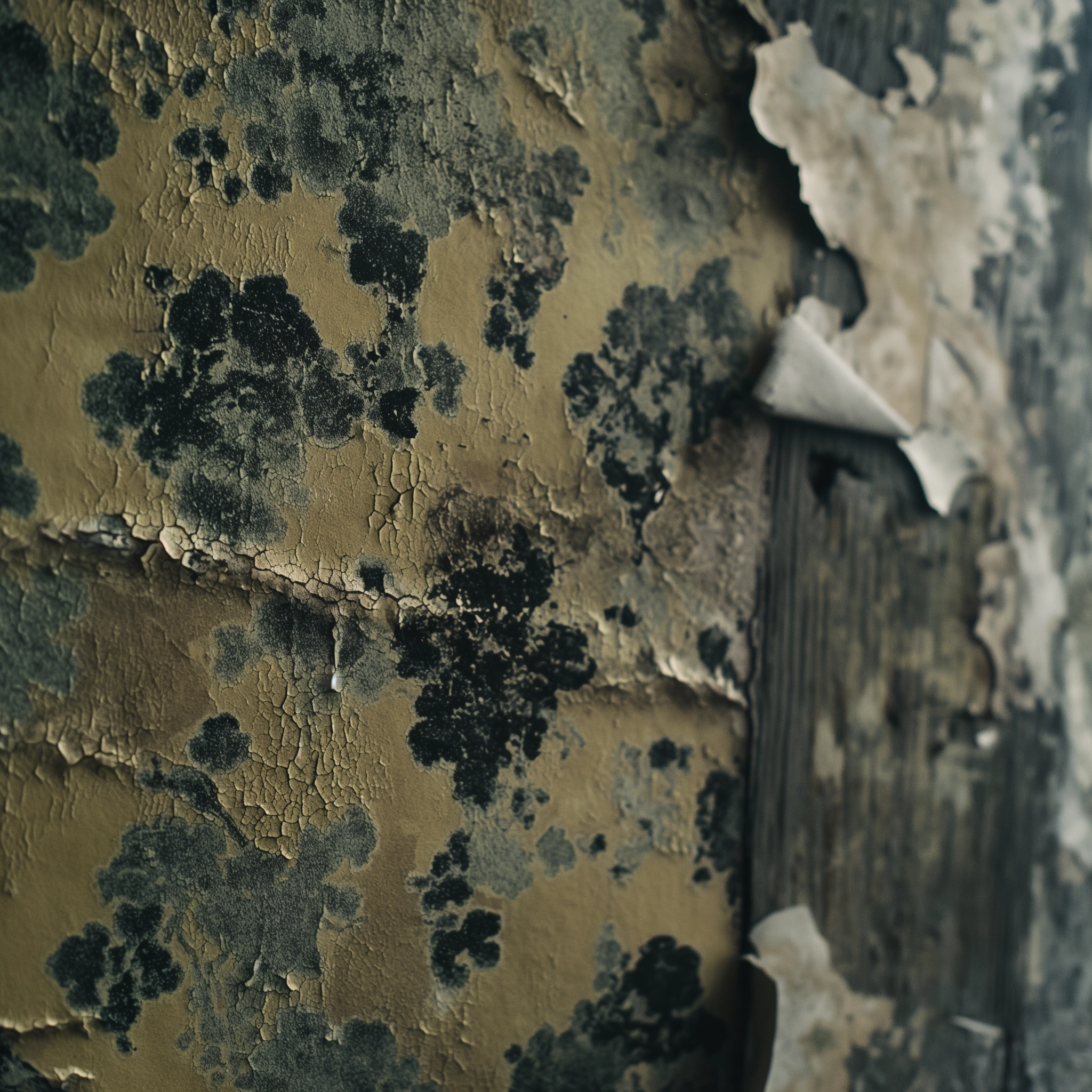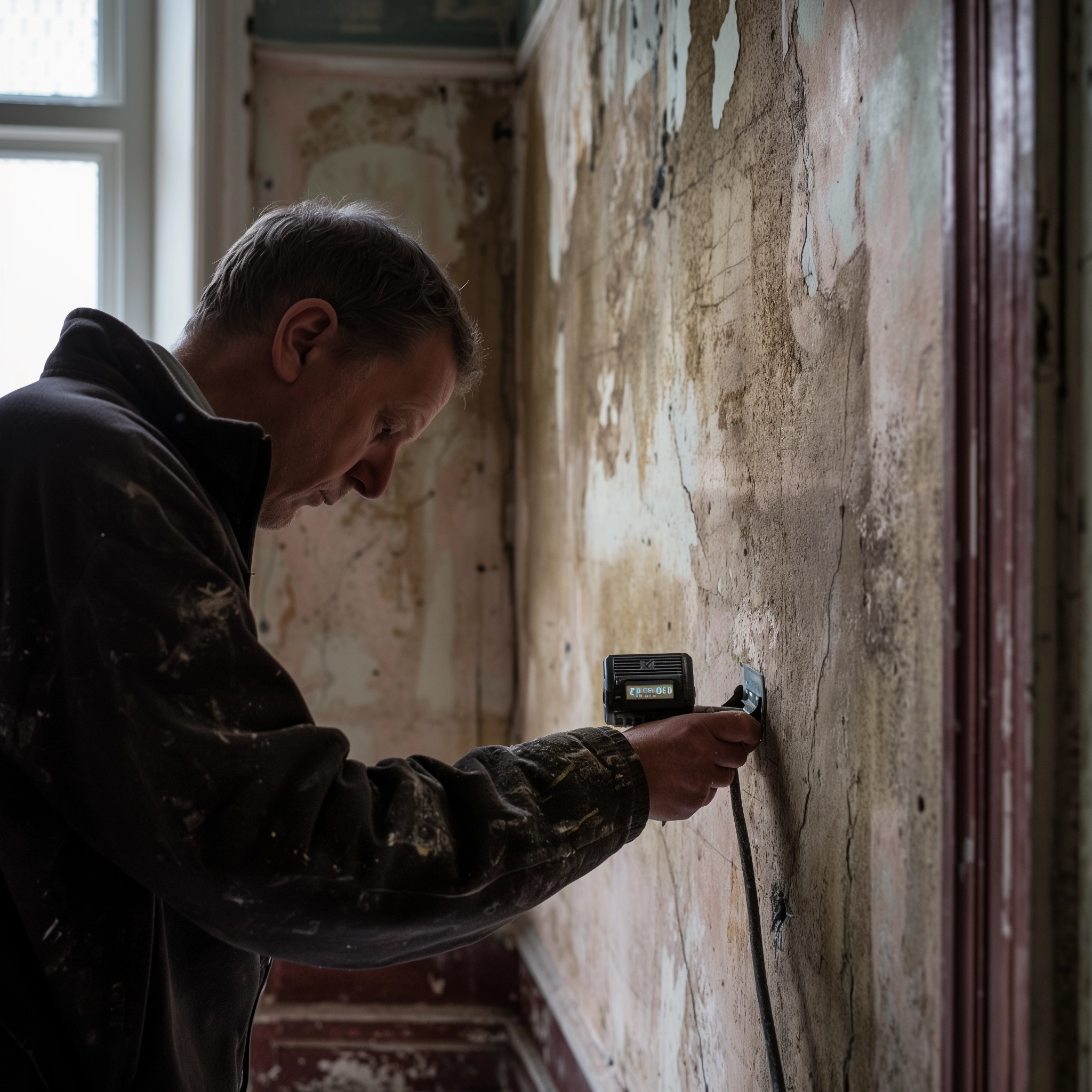Moisture Menace: Unveiling the Hidden Health Hazards of Damp
Understanding Damp and Its Dangers
In the damp, often mist-laden climate of the United Kingdom, particularly in bustling, densely populated areas like London, homeowners face a silent adversary that lurks within their walls and under their floors. This adversary, while seemingly benign, carries with it a host of health hazards and structural risks that can undermine the sanctity of our homes and the health of our families. The issue at hand is moisture – an omnipresent threat that manifests in the form of dampness and mould, challenging the integrity of our living spaces and the air we breathe.
Dampness and Mould: The Hidden Culprits
Our battle against damp begins with an understanding of its nature and its consequences. Moisture in our homes fosters the growth of mould, a ubiquitous fungus that thrives in wet conditions. This is not merely a cosmetic issue; the presence of mould and dampness can significantly deteriorate indoor air quality, leading to a range of respiratory problems, allergies, and even more severe health conditions. Poor ventilation only exacerbates these issues, creating an environment where mould spores can proliferate and become airborne, invading our respiratory systems and triggering a host of allergic reactions. The National Center for Biotechnology Information (NCBI) elaborates on the health effects of indoor environmental quality, emphasising the impact of mould and dampness.
The health risks associated with mould and dampness cannot be overstated. Respiratory issues exacerbated asthma symptoms, and allergies are direct outcomes of exposure to these conditions. The impact on our immune system is profound, with increased sensitivity and susceptibility to infections. What’s more alarming is that certain groups within our communities, such as children, the elderly, and those with compromised immune systems, are at a heightened risk. The dampness in our homes, therefore, is not just a discomfort but a significant health menace that demands our immediate attention.
NuAire discusses the health risks of damp and mould and how to prevent them, providing practical advice for homeowners.
Identifying the Enemy Within
Recognition of the problem is the first step towards remediation. Musty odours, the appearance of dark specks on walls or ceilings, condensation on windows, peeling wallpaper, and the cold, clammy feel of damp walls are all indicators of a moisture issue. These signs are not only indicators of an immediate problem but also harbingers of the potential for long-term damage to both our health and the structural integrity of our homes. Exposure to mould and dampness occurs primarily through inhalation and direct skin contact, making it a pervasive threat that can affect us even without direct interaction.
The sources of moisture in our homes are manifold. Everyday activities such as cooking, drying clothes indoors, and even the simple act of breathing contribute to indoor moisture levels. Structural issues like leaks, inadequate insulation, and poor construction can exacerbate the problem, allowing moisture to penetrate and become trapped within our homes. It’s a multifaceted issue that requires a comprehensive understanding and approach to effectively combat.
The End Fuel Poverty Coalition highlights the crisis of households at risk from mould in cold, damp homes, underscoring the urgency of addressing these issues.
Prevention and Control
Armed with knowledge, our next course of action is prevention and control. Addressing the issue of damp and mould in our homes involves a multi-pronged strategy that focuses on improving ventilation, controlling humidity levels, and ensuring proper building maintenance. Simple changes in our daily habits, such as using lids while cooking or drying clothes outdoors, can have a significant impact on reducing indoor moisture levels. However, more systemic solutions are often required to tackle the problem effectively. DIY’s guide on dealing with damp provides practical advice and solutions for homeowners looking to mitigate moisture issues.
Ventilation is key to preventing the accumulation of dampness. Tailoring solutions to the size and type of property, whether through whole-house systems, positive input ventilation (PIV), mechanical extract ventilation (MEV), or extractor fans, can significantly improve air quality and reduce moisture levels. Specialised products, designed for specific living situations, like lofts or homes without adequate natural ventilation, offer innovative solutions to this age-old problem. These systems help not only control dampness but also remove pollutants from the air, ensuring a healthier living environment.
“Preventing and controlling damp in your home isn’t just about addressing the symptoms; it’s about understanding and tackling the root causes. Effective ventilation, consistent humidity control, and regular maintenance are the cornerstones of a healthy, damp-free environment. Remember, the key to combating damp isn’t just in the tools we use, like dehumidifiers or ventilation systems, but in the daily habits and attention we give to our living spaces. By staying vigilant and proactive, we can protect our homes and our health from the insidious effects of moisture.” – Phil Donno, London Damp Treatments.
Remediation and Maintenance: A Proactive Approach
The process of remediation is critical in reclaiming our homes from the clutches of damp and mould. This involves not just the removal of visible mould but also addressing the underlying moisture issues that foster its growth. Employing dehumidifiers, ensuring regular and thorough cleaning, and fixing leaks and other sources of water ingress are fundamental steps in this process. However, the battle against damp does not end with remediation. Ongoing maintenance, including regular checks and responsive repairs, is essential to prevent the recurrence of moisture issues. This proactive approach to maintenance helps identify potential problems early and address them before they escalate into more significant issues.
Professional assessment plays a crucial role in both remediation and maintenance. Experts in mould removal and moisture management can offer invaluable insights and solutions tailored to specific situations. Their expertise not only aids in effectively addressing current issues but also in preventing future occurrences. This professional support is particularly crucial in situations where the health implications of mould and damp are severe, requiring specialised knowledge to mitigate risks.
Navigating Responsibilities: Homeowners, Tenants, and Professionals
The responsibility for managing damp and mould within a property is often a point of contention, particularly in rental situations. Clear communication and understanding between landlords and tenants regarding their respective roles in maintenance and remediation are crucial. Landlords must ensure that the property is fit for habitation and free from damp-related issues, while tenants have a responsibility to manage lifestyle factors that contribute to moisture build-up and to report problems promptly.
Access to professional support for both health and structural assessments is essential in managing these issues effectively. This support not only aids in identifying and addressing damp and mould problems but also in navigating the responsibilities and legal obligations of each party involved. The collaboration between homeowners, tenants, and professionals is fundamental in creating a healthy living environment, free from the risks associated with damp and mould.
Policy Implications and Health Guidelines
The fight against damp and mould extends beyond individual homes and into the realm of policy and public health guidelines. The adoption of building standards and health guidelines, including those recommended by the World Health Organization (WHO) for indoor air quality, play a pivotal role in mitigating health risks associated with damp environments. These guidelines serve as a benchmark for building practices, maintenance standards, and remediation efforts, ensuring that the health and safety of occupants are prioritised.
Furthermore, policy implications extend to the regulation of rental properties, building codes, and the allocation of resources for public health initiatives aimed at addressing indoor air quality. Advocacy for stricter regulations and the implementation of comprehensive guidelines is essential in driving change and ensuring that the menace of damp and mould is taken seriously at all levels of society.
In conclusion, the journey towards a damp-free home is multifaceted, requiring a comprehensive understanding of the causes and consequences of moisture issues, proactive prevention and remediation strategies, and a collaborative approach between all parties involved. By embracing these strategies, employing professional support, and advocating for stronger policies and guidelines, we can protect our homes and our health from the hidden hazards of damp. The fight against moisture is ongoing, but with informed action and collective effort, we can create healthier living environments for all.








